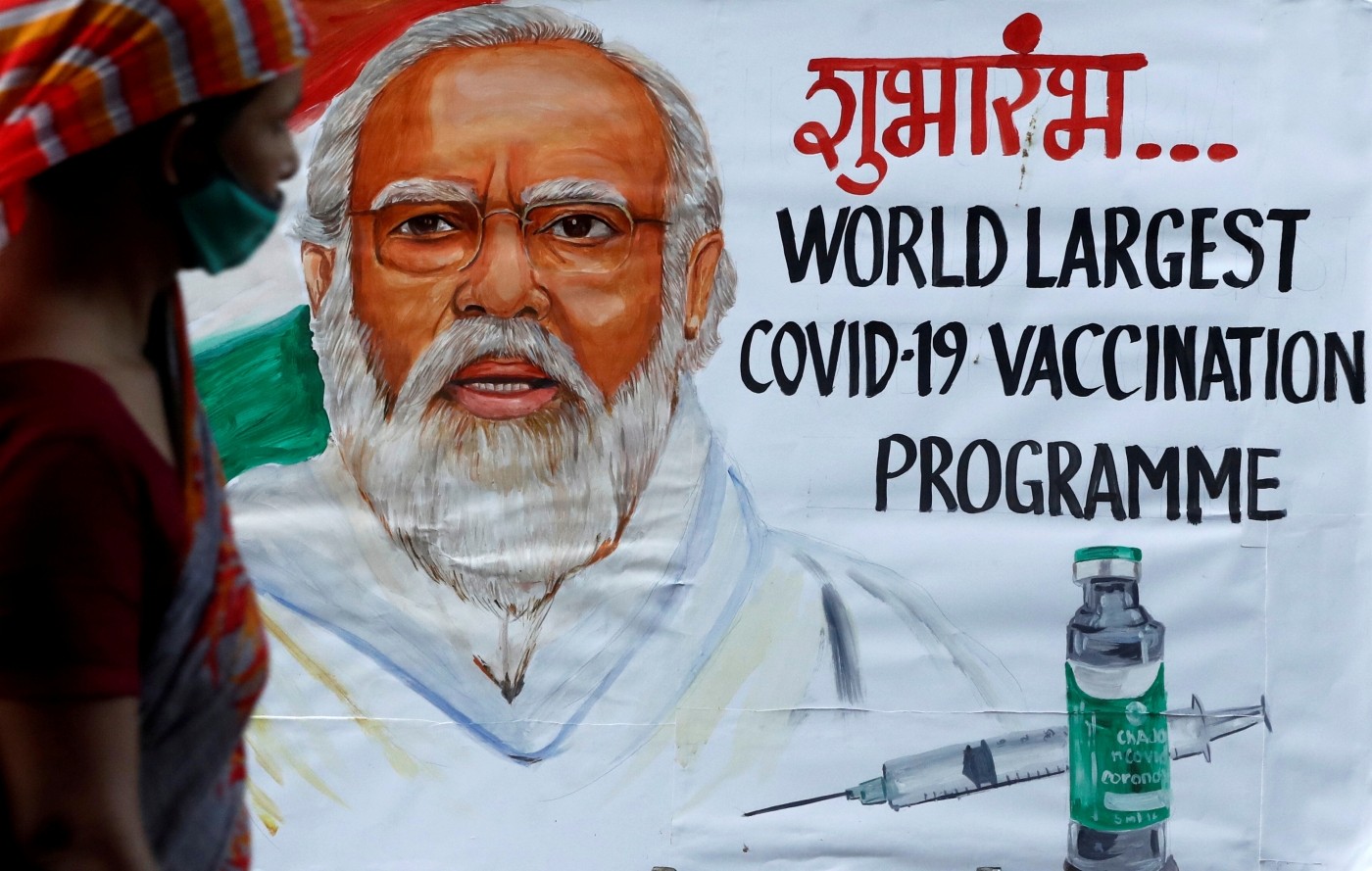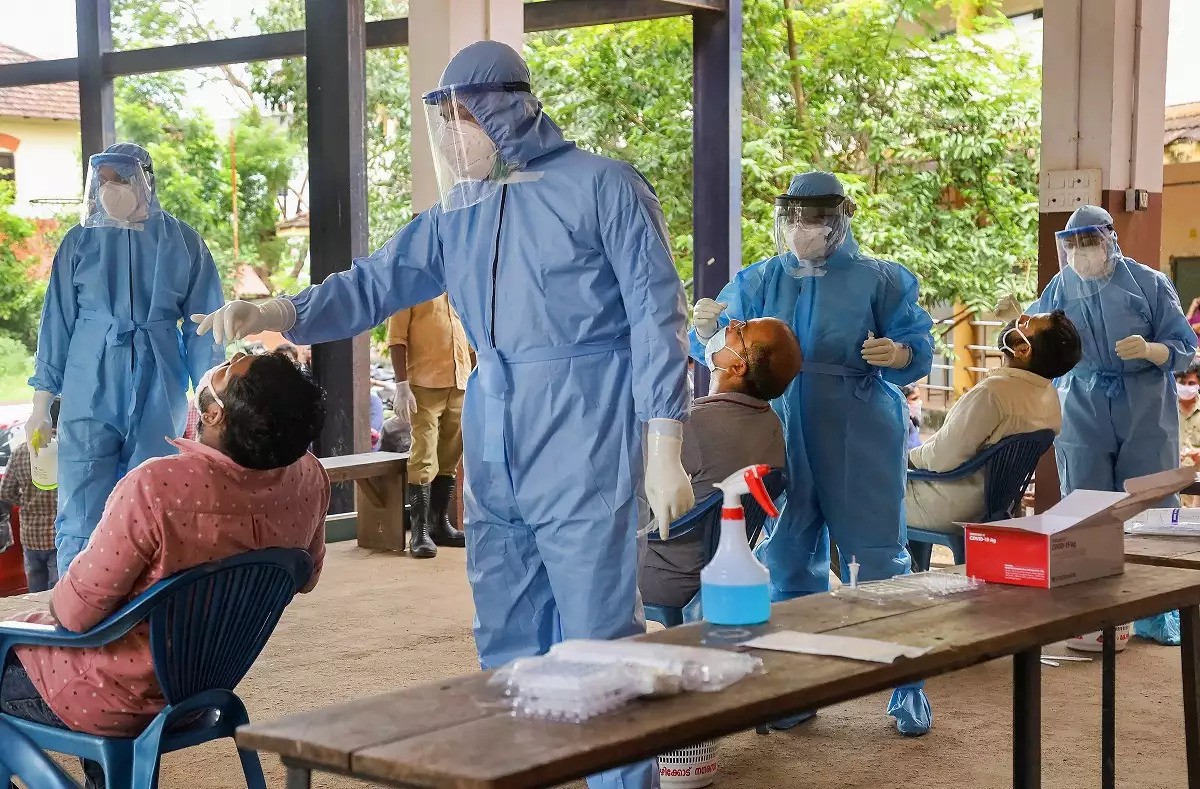
Hasn’t 2020 been a surreal year? From showing prospects of growth in the initial phases to being adversely hit by the coronavirus pandemic, 2020 has seen it all. The conception of various experts has been much on the negative spectrum. But the adverse year has its impacts on and against the Indian economy. Somewhere ten years down the lane, we remnant 2020 to be one of the most contentious years in our life.
India was left in a shocking catastrophe when the Prime minister announced the threat of the coronavirus pandemic. It is fascinating to perceive that it is the first anniversary of the epidemic, and still, we haven’t passed away through the novel coronavirus disease. But as we still struggle while entering into the second strain of the coronavirus, we could all undeniably agree that 2020 has been a year of piled-up losses.
Rapidly, the pandemic engulfed around all corners of the globe. The economies of the world have furnished uncertainty in human minds. We suffered the pandemic consequences to such an extent that it cost us our jobs, and insecurity arose over our financial future. The strangeness and the arduous nature of the pandemic isolated us in our homes but brought our mojo of unity back as we all felt the adversity of one another.
India witnessed the biggest lockdown in the world since The PMO reverberated us about it on March 23. Around 1.3 billion people were confined to their homes to contain the spread of the novel coronavirus disease( COVID-19). While facing so many dreadful moments in our life, had there been any ray of sunshine for the government. According to the government, after the two phases of the rigorous lockdown ended, India held a significant position in containing the virus transmission.
Did Prime Minister Narendra Modi instigate a defining protocol for the upliftment of the health sectors? The answer is NO! The government did substantially less than expected from them, and we perceived that through the ever-growing trends in India since the lockdown commenced. The government activities were not precedented towards healing the crumbling infrastructure, reviving the dwindling health sector, or ensure protective equipment for the medical staff members.
Instead, he resorted to engaging in diversionary tactics. Ironically, on PM Modis’ directives, we clapped, banged thalis, and lit diyas at our homes, alongside the frontline health workers, doctors, nurses, and healthcare workers – Modis’ corona warriors – lost their lives.
HAS THE IRONICAL EVENTS DONE ANY WONDERS TO US, AND ALL ABOUT THE CONUNDRUM OF PM-CARES FUND DURING CORONAVIRUS.
Since the lockdown, we have faced a miserable few months where nothing was stable. And as we moved ahead to the pinnacle of the Coronavirus pandemic, we already had gone through a lot. How come the desperate situation that had changed the outlook of our lives downright could bring peace overnight? Unfortunately, the liturgical events didn’t do any good but added more misery to us when we beheld the sights of hundreds of people meandering on the roads.
Amidst all the distraction, the opaqueness over the vast amount of money the government inculcated through the PM-Cares Fund. Despite the existing transparent Prime Minister’s National Relief Fund for emergencies and disasters, the government urged people to donate to the largely opaque PM-CARES Fund.
The relief Funds shielded themselves from scrutiny by refusing to disclose any information about the PM-Cares Fund despite distinctive RTIs filed against the government. What does our conscience say? Where did all the affluent funds go? Weren’t they launched for the upliftment of the economy? Many donations were not so voluntary, and it spiked up the criticism against the government officials.
Big corporates donated voluntarily, wasting no time to avail the tax benefits the funds offered. There has been a lot of hype from the BJP leaders that the funds invested in the crumbling sectors were to uplift their situation. Contrarily no evidence could be conclusive to avert their statements. By now, it is a cliche to say that the money soared the bank accounts of the government officials, and the refusal to comment justifies it perfectly.

Has the Indian economy suffered ramifications of the protracted lockdowns
India is one of the world’s worst-hit countries in the Coronavirus pandemic, despite having the biggest lockdown in the world; With reports claiming a spike in cases during the elongated lockdown as the country swayed out from the initial phases of the pandemic. Stringent lockdowns staggered most economic activities, including multinational corporations as well. Meanwhile, many of the Indians have lost their jobs due to the suspension of industrial activities.
The remote working of the organizations also couldn’t heal the hampering of the Indian economy. The majority composition of Indian workers are daily wage earners, and most of them were secluded in their homes without even a single penny in their pockets. The dramatic overhaul of these daily wages workers grabbed more attention, but still, no authority stepped up to evade their troubles.
India lost its significance in industrial production, including sectors such as mining, manufacturing, and electricity. The contraction was so immense that the repercussions are gauging even today. Can you imagine it’s been a wholesome year of economic stagnation, and all this, while the government did, was to resort to diversionary tactics and maneuvered the situation? India’s industrial production dropped sharply in April 2020 when the country went into lockdown, and most factories were not operational.
‘Consequently, it is not appropriate to compare the IIP of April 2020 with earlier months,’ the Ministry of Statistics and Programme Implementation said in its data release earlier in July 2020, adding that the information will ‘undergo revision’ in the coming months.
The staggering scenario of unemployment in India
The wobbling drawback of the lockdown has been the unemployment of salaried people. Around five million salaried people lost their jobs in July, the Centre for Monitoring Indian Economy said in a detailed review. The inclination of losing jobs has been at a record high since April 2020. A report stated that sustaining salaried jobs is reasonably more difficult in India than in other countries. But why are India’s woes so dreadful when it comes to employment?
Has there been a lack of determination for jobs in the public sector, or has the government not showcased emulation in resolving the suffering individuals? The pledge of salaried employees has always been to attain a substantial net income to splurge sufficiently across various expenses. But it wasn’t to be at that moment, due to concealing pressure on the companies to manage their expenditure.
The plight of salaried jobs has worsened since the lockdown began. Although the salaried jobs accounted for only 15% of job losses in April 2020, it created more long-standing havoc due to the adversity in attaining their livelihood back.
Once the salaried jobs are lost, they are more difficult to retrieve, CMIE mentioned. Only 21% of all employment in India comprises salaried employment, which is more inclined to economic culmination. Salaried jobs were nearly 19 million short of their targets estimated in 2019-20. The salaried jobs weren’t the most affected sector in the unemployment propaganda.
Can you guess which community it would have been? Unfortunately, it was the daily wage earners who came out on the wrong side of the cord. Small traders, hawkers, and daily wage laborers were the worst hit by the lockdown in April. “Of the 121.5 million jobs lost in that month, 91.2 million were among these. This category of employment accounted for about 32 percent of the total employment but, it suffered 75 percent of the hit in April,” CMIE data showed.
Although the later phases of the dissemination showed recovery, it was confined only to informal jobs. The nation’s disintegrational efforts impeded the unemployment rate throughout the lockdown but showed some recovery signs as the pandemic restrictions relaxed in Indian states.

Did Indian people lose their conscience during the troublesome moments?
By Indulging in nonsignificant and utterly invaluable matters of drugs and depravity the country lost its conscience to hold on to the critical issues. Nothing came close to what the migrant workers lost under the jangling lockdown. Barefoot in the alien states, out of work and money, no certainty about life, the migrant workers were forsaken by every political authority. Honestly, would the situation be fragile If the political party stepped onto the scene and tried to elevate the living standards of the workers?
The answer remains, NO! The elderly parents carried their children barefoot beached on the sustainability of life, worrying for everyone’s shoreline? Now think about what the government did? The government officials and the courts silently watched the making of the enormous mass exodus since India became Independent in 1947. Migrant workers caught the eyesight of many other responsible citizens of the country. But their valuable efforts were nowhere sufficient enough to resolve the loophole that the government channelized so peculiarly.
WE LOST THE PRESENCE OF SOME OF THE NOTEWORTHY AND INSPIRING INDIVIDUALS OF INDIA
The year 2020 became more tragic when we saw the demise of remarkable individuals who swayed in our mindsets like an illuminating lamp. Former president Pranab Mukherjee, LJP’s Ram Vilas Paswan, Congress leader Ahmad Patel, and artists like Rishi Kapoor and Irrfan Khan, each survived by a brilliant, dazzling legacy of his own. The wobbling shocker of all the demises was the one that accused people of instilling drugs and ruthlessly exploiting someones’ life.
The media houses hyped-up the scene so much that the alleged culprit got entitled as a misogynistic individual. The heights of the controversy surpassed when political leaders also passed their opinion on the matter. Do they even know the GDP growth over the past year? Or are they just sitting here to count on baseless accusations?

DESPITE ALL THE LOSSES; HAS INDIA GAINED SOME GROWTH OVER THE FIRST YEAR OF THE LOCKDOWN?
After nearly a year of passing through the coronavirus, we stand here still in the threat of the disease. So has India gained a lot during the epidemic, or are the eminent facts only to increase the hope of a revival. According to the Government, the elongated restrictions have helped India restraining the chain of transmission as they say the doubling rate has gradually gone up. Is the information reliable, or the government trying to beat around the bush relatively to gain the people’s vote of confidence in the BJP?
Lag Agarwal, a joint secretary in the Union health ministry who holds daily pressers, claimed several times that the doubling rates have gone up to 12 days. Contrarily, the whole statement is a fallacy by the government as every single citizen knows that testing got done formidably and, they have amended the accuracy accordingly.
Another way of looking at the progression of cases is a three-day rolling average. The three-day rolling average in India stood at 3,060 in May 2020, which is much lower when compared to the highly affected countries across the world. Lav Agarwal constantly bragged about being ahead in the coronavirus race, but are the indicators based on conclusive theories is a big question.
The path to recovery is not confined as the government portal suggests. We have to riggle our way through the adversities of life and work alongside the constant threat of the coronavirus pandemic. Hopes of people increased as the restrictions in conducting activities relaxed across Indian states. The synopsis of the lockdown is that as we struggled our way past, to overcome the challenges, the government created new theories to raise confidence among people that the Indian economy is moving in the right direction.
The inquest of people to work remotely has significantly increased over the past few months. They resort to working more efficiently being confined to their homes, which has observed a significant rise in the telecom industries due to more engagement of internet connectivity required to match the high-intensity portals of the companies. Alongside that, the hospital infrastructures in India have become self-reliant to conduct their operations. The hospital authorities faced an uphill task on their hands to handle the gauge of around 1.3 billion people. They have done a commendable job in surveillance of patients 24*7, increasing the PPE kits productions and becoming self-reliant in overcoming severe cases of coronavirus infection, which had become the need of the hour.
WHAT CAN UNFOLD FOR INDIANS IN THE COMING MONTHS
Had we ever imagined such a global crisis after the Great depression event? Certainly, not! We are in the second year of coronavirus, and we have already seen exponential casualties around us. Although we have lost so much in our lives during this stranding pandemic, some of the industries gained the much-needed boost after failing immensely.
How do we evaluate the progress on the first anniversary of the lockdown? Despite losing economically and financially, we have gained a strength of unity among Indians that signifies that we can pass through any pandemic in the foreseeable future. With the vaccination program running in full-flow, we could expect the upliftment of the ailing sectors in the coming months. The coming months are going to be crucial for controlling the second strain of the coronavirus alongside the vaccination progression, and all eyebrows are raised towards the government that whether this time it will do something for the sufferings of Indian communities or not?




